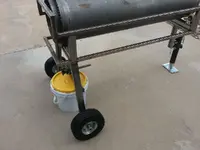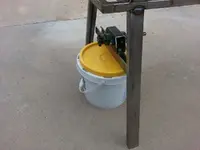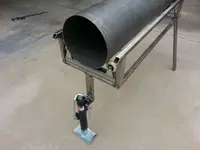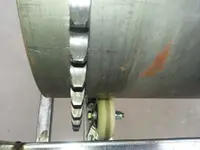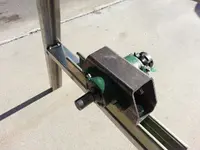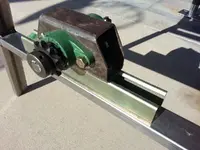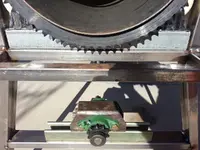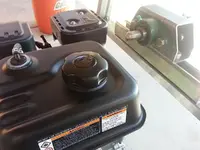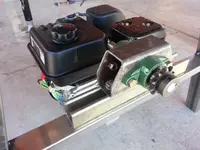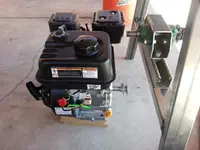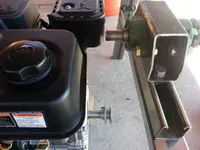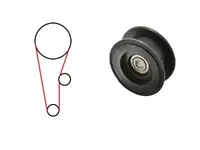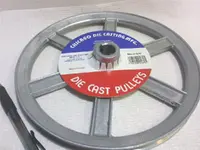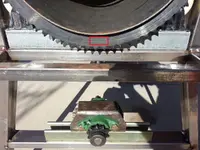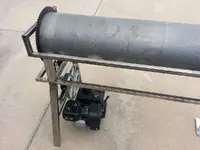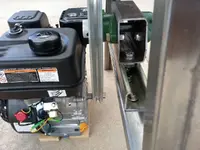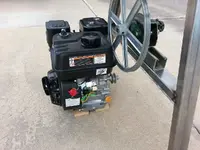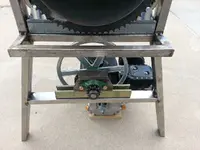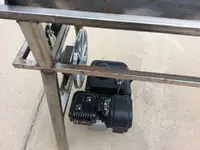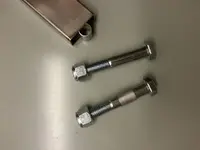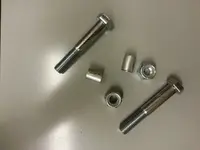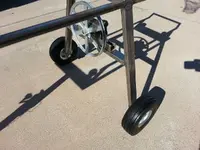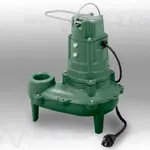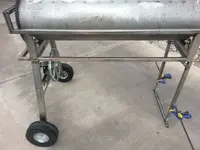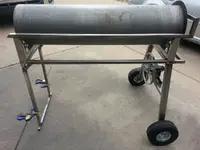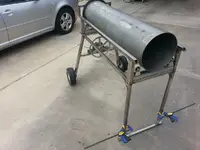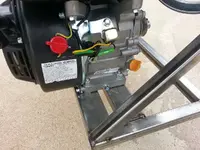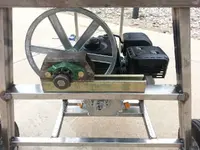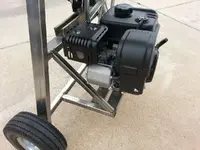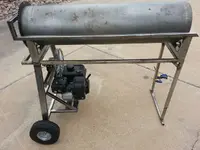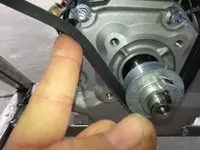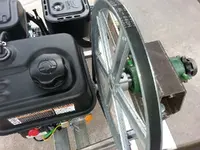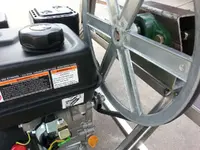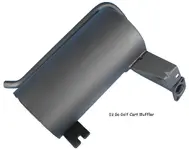Goodyguy
Gold Member
- Joined
- Mar 10, 2007
- Messages
- 6,489
- Reaction score
- 6,913
- Golden Thread
- 0
- Location
- Arizona
- Detector(s) used
- Whites TM 808, Whites GMT, Tesoro Lobo Super Traq, Fisher Gold Bug 2, Suction Dredges, Trommels, Gold Vacs, High Bankers, Fluid bed Gold Traps, Rock Crushers, Sluices, Dry Washers, Miller Tables, Rp4
- Primary Interest:
- All Treasure Hunting
I'm not a great fan of the auger inside the drum simply because it's so much easier to just weld long cleats into the drum (as in your first post) they will actually provide more tumbling action.
The material will always make it's way to the exit without the spiral. But the spiral is certainly "way cool" just hard to do that's all.
In the case of a reverse helix style trommel a spiral is mandatory.
GG~
The material will always make it's way to the exit without the spiral. But the spiral is certainly "way cool" just hard to do that's all.
In the case of a reverse helix style trommel a spiral is mandatory.
GG~
Amazon Forum Fav 👍
Last edited:



